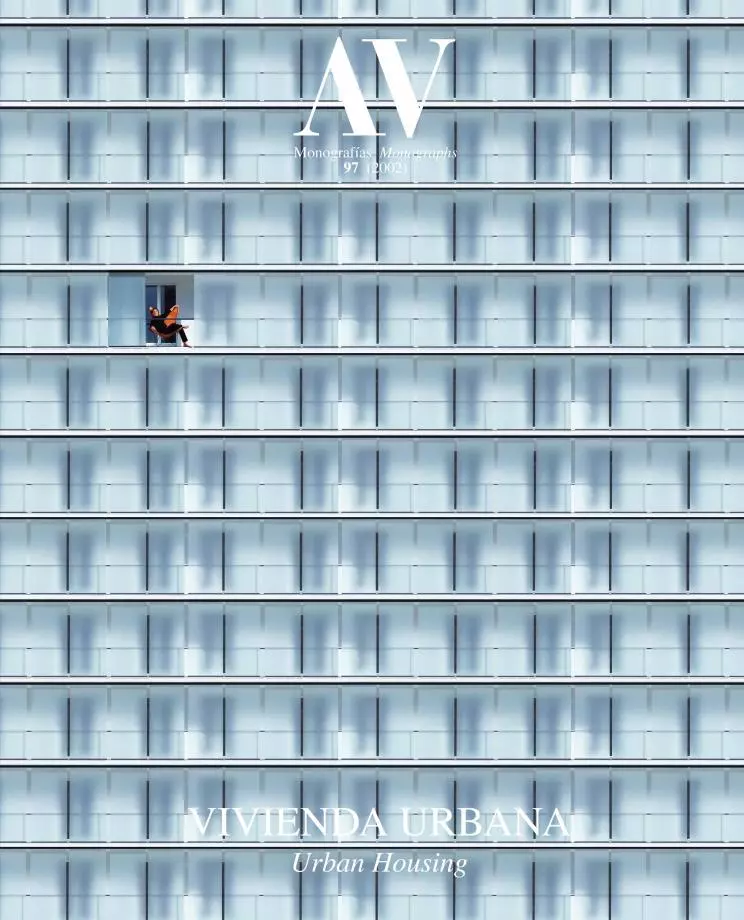
The architecture of the house is the architecture of the city. From Filarete, the treatise writers were fond of explaining the house as a miniature city and the city as a large house. Although stacking dwellings does not make a city, the greater part of the urban fabric is formed by housing units, and the city reproduces at a large scale the functions of the residential microcosmos. If the city is just the materialization of relationships among citizens, if settlements can only be understood through their settlers, and if habitations are interwoven with the warp of their inhabitants, it is easy to see that, in the end, residential form determines urban form. From small groups of houses to large residential developments, the domestic types and their modes of assembly define the structure of the city and shape its characteristic environment, so that any housing project harbors an urban one, showing the tapestry that links the individual threads of independent lives with the thick web of collective existence.
This stubborn mesh of tangled trajectories traces a voluntary geography and an artificial landscape which we call city: a deliberate construction that supplies the scenarios of domesticity, and that comes at the same time from the multiplication of residential routine. Experimental because it expresses the artifice of the manufactured, and resistant because restricted by the tenacity of traditions within the mutating context of a city that “changes faster than the human heart”, the architecture of housing is torn between the innovation proposed by the designer and the continuity claimed by the developer, parallel protagonists of a process which frequently excludes the inhabitant: user for one of his spaces, consumer for another of his surfaces, but rarely respected as an autonomous person who tries to find in the dwelling a domestic utopia and a civil residence. The occupant is offended by those who submit him to fanciful experiences against his will; and he is not less insulted by those who flatter his taste, offering trivial fantasies of comfortable luxury.
Present in every field of professional practice, the so-called ‘signature architecture’ has also seized the realm of housing, perhaps the field most reluctant to singular expression given the evident plural nature of its sociological condition. The enforcement of authorship over the docile matter of collective residence exudes an imperative aroma – half-way between the demiurgic totalitarianism of the aesthetic adventure and the submission to the strict rules of the media spectacle – that invites skepticism. But the onerous servitude to the degraded mechanisms of the real estate market, relentless generator of residential and urban mediocrity, provokes an even greater suspicion, and a helpless outrage before the built products of that colossal machinery. Between the Escila of affirmative narcissism and the Caribdis of predictable commerciality, perhaps only the urban foundation of housing architecture serves at once as an intellectual compass for the domestic project and as litmus paper that discerns quality within the confused magma of residential constructions.





